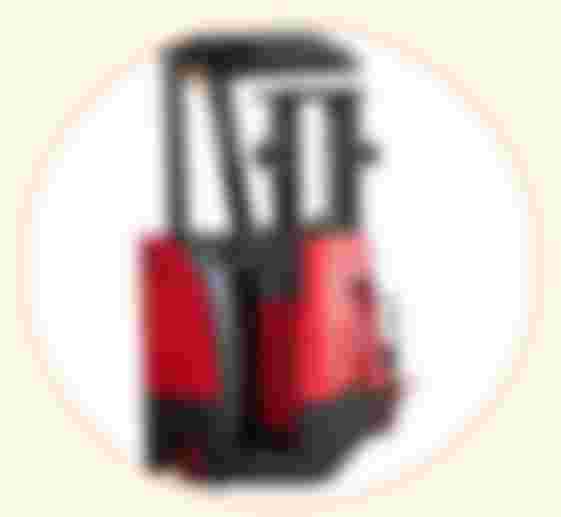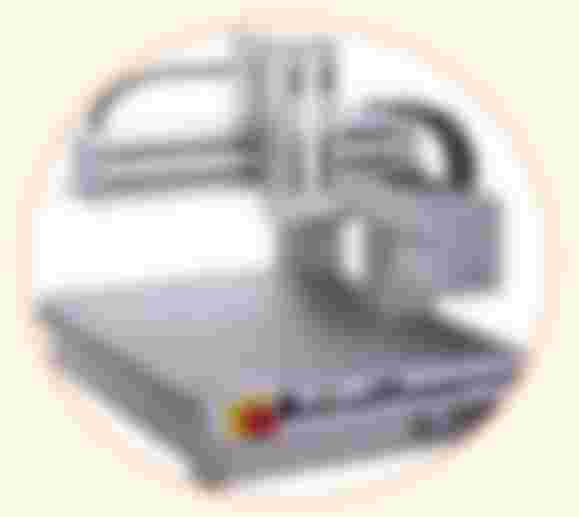There are five major categories of material handling equipments which incorporates a wide range of manual, semi-automated, and automated equipment and systems that support logistics and make the supply chain work.
CONVEYORS

It utilizes a flexible plastic link chain that will turn tight corners, incline, decline, and allow for product accumulation. They are perfect for manufacturing environments.

Easy to maintain with quick belt changes.

Both packaged and loose products can be transported to preferred locations by using it. It guarantees safe and effective conveyance of delicate products.

It produces utilizing stainless steel components that can withstand regular wipe downs and high-pressure wash downs.

Ideal for applications demanding high speed elevation of products in bulk quantities.

Act as a buffer zone between two conveyors or machines. It ensures gentle, safe, and non-contact product accumulation better than other products available in the market.
INDUSTRIAL TRUCKS

Small forklifts designed for expedience. Using stand up forklifts, operators can perform quick and frequent indoor loading and unloading tasks.

Feature a wider base than a typical forklift. Designed to operate in heavy duty settings and lift large loads higher than normal forklifts.

Specifically designed to move in small spaces.
CRANES AND HOISTS

Used for lifting or lowering material. An electric motor and controller are utilized to lift, lower and accelerate or decelerate the speed of the hoist.

Designed specially to suit critical industrial processes across various sectors.

Usually have the particularity, what distinguishes them from all others to have a boom telescopic, that carries more than one cylinder.
CONTAINERS

The most commonly used shipping containers for shipping of dry materials and come in size of 20ft, 40 ft and 10ft.

A portable, horizontal, rigid, composite platform used as a base for assembling, storing, stacking, handling, and transporting goods as a unit load, often equipped with a superstructure.

A human-powered cart with one wheel to assist in carrying all kinds of burdens, from harvested crops to mine tailings, and pottery to building materials.
ROBOTS

Designed to maximize space, operating with high accuracy and ease. It works similarly to claw machines at arcades and usually need a large area to operate.

A mechanized system for automatically loading goods onto a pallet for shipping.

Features a rotating shaft and extendable arm that moves in a vertical, sliding motion. It has a cylindrical work envelope that makes it useful in tight spaces.
THE USE OF GRAVITY IN MATERIAL HANDLING RESULTS TO CONSERVATION OF POWER AND FUEL.
Gravity is the univeral force of attraction acting between all matter. It is being utilized in material handling processes that result in the conservation of power and fuel by reducing, combining, shortenind and/or eliminating uneccessary movement that will impede productivity to assist material movement and employing straight-line movement as much as possible. It is very essential to control the movement of materials and products throughout manufacturing, warehousing, distribution, consumption, and disposal. As a process, material handling incorporates a wide range of manual, semi-automated, and automated equipment and systems that support logistics and make the supply chain work.
THE IMPORTANCE OF PLANT LAYOUT IN RELATION TO MATERIAL HANDLING
Plant layout is an important component of the business’ overall operations to ensure a smooth flow of work, material, and information through a system. It can be greatly affected by the material handling technique to be used. There is a criteria to be followed such as arrangement of production equipment, the proper location of different departments, a logical sequence of operation within the department and convenient location of store areas, tool cribs and similar activity centres is required for a good material handling arrangement. In all types of plant layout provisions for the receiving and shipping of materials by various possible means (like trucks or train etc.) should be made. If it is required to move the materials by hand operated or power operated trucks, sufficient passage should be provided. If the building is multi storied, lift, elevators and conveyors of different types must be utilized to enable efficient material handling. The location of items in the storage room should provide for minimum handling of materials to the point of issue, accessibility and efficient space utilization.
SAMPLE MATERIAL HANDLING MEASURES (STORAGE AND MOVEMENT OF MATERIALS) USED IN AN ENTERPRISE.
McDonald’s having 37,000 restaurants around the world needs to guarantee that everything– from food and drink to packaging and toys – is delivered to the right place at the right time, with minimal environmental impact. McDonald’s logistics network transports the food products more than 250 million miles every year. As well as ensuring thousands of products arrive at McDonald’s restaurants each day safely and in the best condition, their logistics providers are working to minimize the environmental footprint of distribution activities by reducing the distances of products travel, moving toward alternative fuels and making product journeys as efficient as possible.

In order to achieve a world-class logistics operations with the lowest possible environmental footprint, McDonald’s focuses on increasing the use of alternative fuels with lower emissions and using fewer miles and less fuel through continuous routing improvements, innovations like engine-less cooling and air deflectors, and ongoing trucker training. By these, it will be a great help in reducing greenhouse gas emission.

Raw materials, work-in-progress and finished products are handled on a First In, First Out (FIFO) basis. This means raw materials are used in the order they are received. Therefore, stock is always fresh because products are sold in the order they are made. If the process First In, Last Out (FILO) was used, then the finished product would be dry and unappealing because the first one prepared is the last one sold.
REFERENCES
According to Flexible Conveyor Systems Inc. (2003). Types of Conveyers. Retrieved from: http://www.flexibleconveyorsystems.com/ConveyorTypes.html
Martz, S. (2015). 6 Types of Industrial Conveyors. Retrieved from: http://www.airdraulicengineering.com/blog/6-types-of-industrial-conveyors/
According Forklift Manufacturers. (2020). Forklift Trucks. Retrieved from: https://www.fork-lift-trucks.net/
Aparejos, G (2020). Crane and Machinery. Retrieved from: https://www.gruasyaparejos.com/en/hoist/types-of-hoist/
According to Kamps Pallets Inc. (2020). Difference between a Skid and a Pallet | Material Handling. Retrieved from: https://www.kampspallets.com/difference-pallet-skid/
According to Yaskawa America, Inc. (2020). Industrial Palletizing Robots. Retrieved from: https://www.motoman.com/en-us/applications/palletizing
Chand, S. (2020). Relation between Plant Layout and Material Handling. Retrieved from: https://www.yourarticlelibrary.com/ergonomics/material-handling/relation-between-plant-layout-and-material-handling/34671
According to McDonald’s Company. (2019). Transporting Our Food | McDonald's. Retrieved from: https://corporate.mcdonalds.com/corpmcd/scale-for-good/our-planet/transporting-our-food.html
@CLANDESTINE0819




















Materials Handling Equipment is important to do work easier. Thanks for sharing this information...